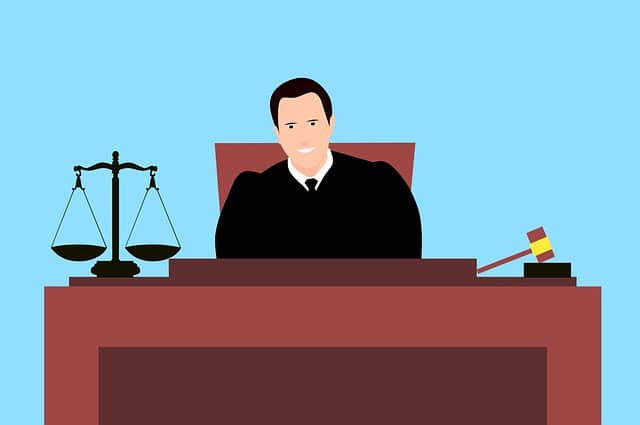
The current law is formed with the doctrines and laws that have to be respected and fulfilled in a certain territory and at a given time.
With etymological origin in the Latin word directus , law is a term that can refer to the set of rules and guidelines that allow the regulation of social ties and whose compliance is mandatory for all citizens. The principles of law are associated with an ideal of justice .
It is interesting to note that, generally, right should be written with a lowercase initial letter. Capital letters are used only when referring to the name of a subject or faculty .
Current , meanwhile, is an adjective that refers to that which is in force or force. The etymology of the concept refers us to the Latin vigens .
What is the current law
The idea of current law refers to the provisions, laws and doctrines that must be respected and fulfilled in a certain territory and at a certain time . These are the legislations , statutes and codes that are active.
The rules of current law, therefore, are valid and have effect until a competent institution repeals them or replaces them with new texts. Typically, the Legislative Branch is responsible for these changes in accordance with the provisions of the Constitution .
In short, it can be said that the current law is formed by the rules in force, so its compliance and application are mandatory. In this way, it is differentiated from the repealed or expired right, composed of jurisprudence that is no longer valid.

The implementation of current law is the responsibility of the State through different institutions.
The role of the State
The obligation to comply with current law is given by the State . Both the sanction of the rules and their application and the punishment of those who do not respect them depend on different state institutions.
There is no valid law without the State; At the same time, with a weak State, guaranteeing compliance with the laws is complicated. It is important to keep in mind that the current law is valid under a specific jurisdiction and at a specific time. Therefore, the law in force in France , for example , is not the same as the law in force in China , while the law in force in 1970 may differ from the law in force in 2022 .
Examples of current law
Take the case of legislation linked to suffrage . If we focus on Argentina , women were only able to start voting after the sanction and promulgation of Law 13,010 in 1947 .
Until then, women and men did not have the same electoral rights. In this way, the law in force in 1934 or 1945 , to mention two years, indicated that only members of the male gender could elect their representatives.
With Law 13,010 , new regulations were established. Thus, the law in force as of September 23, '47 stated that women could also vote. Beyond subsequent changes in electoral laws, the law currently in force in Argentine territory continues to guarantee the vote of women and men equally.
We can see other examples of current law in racial issues. In countries such as the United States and South Africa , there were regulations that established clear negative discrimination against the racial population (who had limited access to the health system, public transportation, etc.). Once these norms were eliminated, the current law established a framework of equality.
